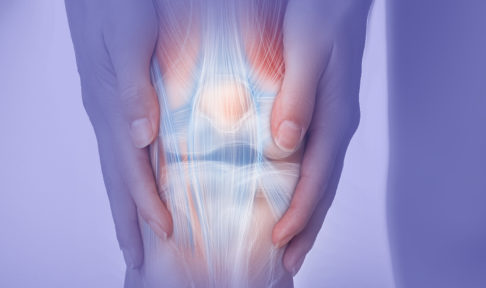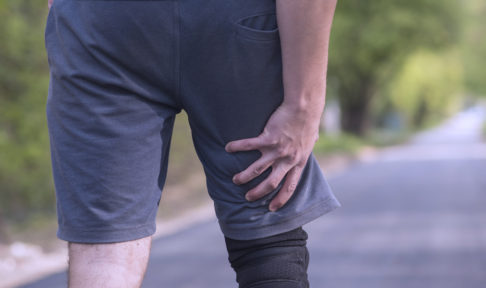When you first hear the term SLAP lesion, you could be forgiven for thinking that it’s something to do with your hand. But SLAP lesions, otherwise known as SLAP tears, are actually a reasonably common injury affecting the shoulder. So, why is it called a SLAP lesion and, most importantly, if you are suffering from one, how can physio help you get back to full fitness?
What is a SLAP lesion?
A SLAP lesion is one of the most common types of tears that will happen to your shoulder. SLAP is an acronym that stands for superior labrum from anterior to posterior (which is a bit of a mouthful and is why we use the acronym!).
If we break that down, essentially a SLAP lesion is when your shoulder tissue tears from your superior labrum (which is the top section of the thick tissue that keeps the shoulder ball and socket in place), round to the anterior (your chest) to the posterior (your back).
The thing that is most concerning about a tear like this, that goes all the way from the front to the back of your shoulder, is that it will make your shoulder very unstable, which can lead to a slow recovery and ongoing mobility and movement issues if left untreated.
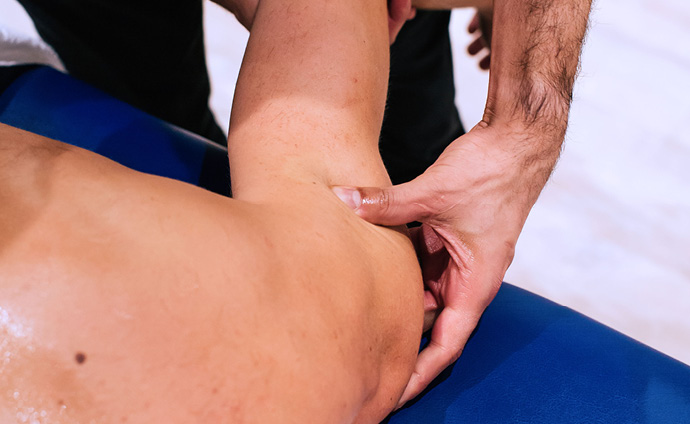
How does a SLAP lesion happen?
Common causes of SLAP lesions include an injury such as falling on an outstretched hand, (which is sometimes coupled with a broken wrist), an overly jerky overhead movement (such as swinging a tennis racket poorly) or lifting something too heavy.
Other times, a SLAP lesion is caused over time, by a simple, repetitive movement that wears down the labrum tissue. This is often the case for workers in physically demanding jobs or anyone that plays a lot of sport that requires over-the-head movement.
Often SLAP lesions occur in tandem with, or as a result of, a bicep tear. This happens when one of the bicep tendons that attaches to the superior labrum pulls on it at the time of an injury occurring, and then this causes the labrum to tear too.There are four different grades or types of SLAP lesions, which are largely based on their severity and how involved the bicep tendon was in the tearing process.
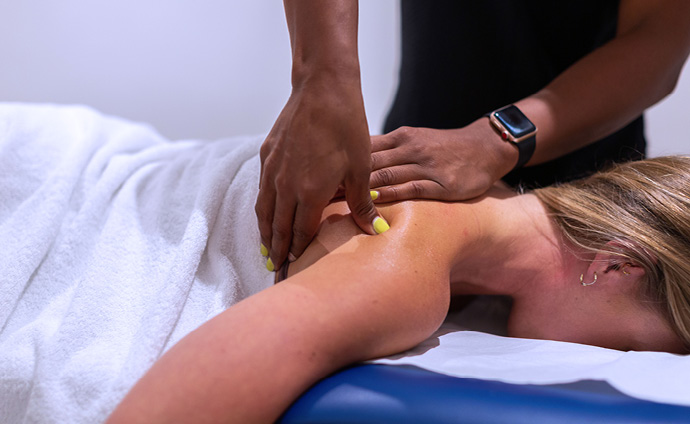
What are the common symptoms of a SLAP lesion?
The two big ones are pain and loss of movement and these will vary in severity depending on how badly you’ve torn the labrum (remember the different grades of SLAP lesions we mentioned above?). But more specifically you should look out for a dull ache in the shoulder, especially when lifting your arm over your head, pain in the front of your shoulder near your bicep, any sort of grinding or clicking feeling, trouble moving your shoulder, or less movement than normal.
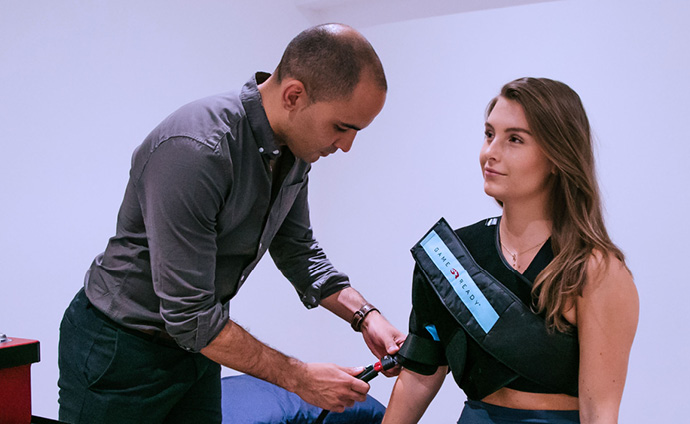
How can you treat SLAP lesions?
Unfortunately, no matter how minor or severe your SLAP lesion is, it’s not the fastest injury to heal. While the pain may disappear relatively quickly, the big risk for patients is thinking that they have healed just because they can’t feel pain anymore, without realising just how unstable their shoulder still is. Then they re-injure themselves and the healing process has to start all over again!
When a patient presents at Spectrum with a suspected SLAP lesion, we will undergo a thorough assessment to confirm whether this is the case or whether there is another issue at play. The good news with SLAP lesions is there are a wide range of physio treatment options on offer in Spectrum’s London clinic that will help with a patient’s recovery — and all of them are available to every patient, throughout every appointment at no extra charge.
Basically what we will be looking to treat, in addition to pain or discomfort, is building back stability, control, strength and breadth of movement in the shoulder. We can do this using a range of therapies, most commonly the GameReady Ice/Compression unit to reduce initial inflammation, McKenzie therapy for stability and strength, guided exercise therapy for improved mobility and strength and soft tissue therapy to help with the overall healing process. You may receive just one or two, or a combination of all these treatments (and maybe even more!) depending on your specific situation and diagnosis.
In extreme cases, a SLAP lesion may require surgery, but we’ll always do what we can to help patients explore all their treatment options before making this decision — and we are always available for prehab and rehab on either side of the surgical procedure too.
Problems with your shoulder? Come in for an assessment with the team at Spectrum and we’ll be sure to get you on your road to recovery from your first appointment. Book a time that suits you online today.


